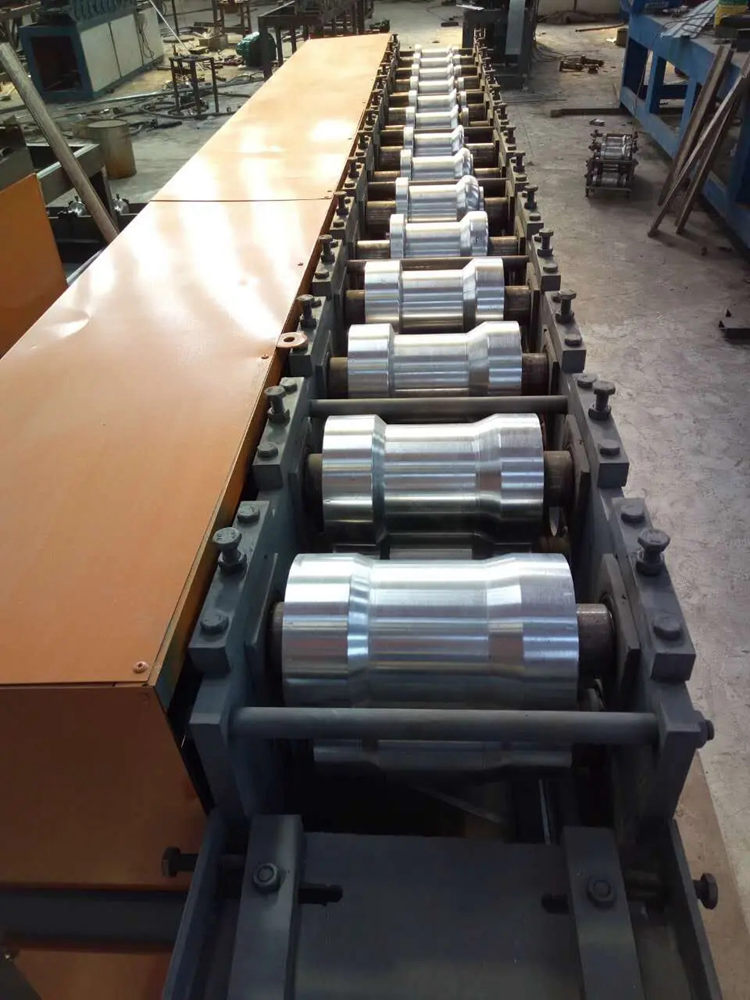
Large Span Forming Machines Innovations and Applications in Modern Manufacturing
In the world of manufacturing, the demand for large-scale components has experienced exponential growth across various industries, including construction, aerospace, and automotive. To meet this demand, large span forming machines have emerged as pivotal tools, revolutionizing how manufacturers create large, complex structures efficiently and accurately.
Understanding Large Span Forming Machines
Large span forming machines are specialized equipment designed to handle the processing of materials into large dimensions. These machines perform various operations, such as bending, shaping, and assembling large metal sheets, plates, or other materials. Unlike traditional forming equipment, which typically addresses smaller components, large span machines accommodate oversized workpieces, streamlining the production process while enhancing precision.
The core technology behind these machines involves advanced control systems, often including computer numerical control (CNC), that allow for precise manipulation of the forming process. This accuracy is crucial, particularly in industries where tolerances can be tight and specifications exacting, such as aerospace and automotive manufacturing. The integration of robotics and automation with large span forming machines further enhances their capabilities, reducing labor costs and increasing operational efficiency.
Key Features and Advantages
One of the most notable features of large span forming machines is their ability to handle high strength materials. As industries strive to build lighter yet stronger structures, materials such as high-strength steel and aluminum alloys are becoming more prevalent. Large span forming machines are engineered to work with these materials effectively, ensuring the integrity and durability of the final product.
Another advantage of these machines is their versatility. They are capable of producing a diverse range of components from various materials. For instance, in the construction industry, large span forming machines are used to create elements such as beams, columns, and roofing structures. In the aerospace sector, they can produce fuselages, wings, and other critical components, all while maintaining the necessary tolerances and finish.

Moreover, the automation capabilities of large span forming machines allow for continuous operation, significantly enhancing productivity. Automated systems can manage the entire production process, from material handling to the forming and finishing stages, resulting in reduced cycle times. This efficiency not only leads to cost savings but also enables faster turnaround for clients, providing a competitive edge in today’s fast-paced market.
Applications Across Industries
Large span forming machines find applications in a wide array of industries. The construction sector is perhaps one of the most significant users, where large structural components are essential for various projects, from commercial buildings to bridges. Speed and efficiency in producing these parts are crucial, and large span forming machines fulfill these needs effectively.
In aerospace manufacturing, these machines play a vital role in producing lightweight yet strong components that are essential for flight safety and performance. The ability to form complex shapes with high precision is critical in this industry, as even minor discrepancies can have significant implications.
Additionally, the automotive industry leverages large span forming machines to create parts for vehicles that require strong structural integrity while maintaining lightweight characteristics. As electric vehicles (EVs) gain traction, the demand for innovative manufacturing solutions that can produce unique, large-scale components continues to grow.
Future Trends
As technology continues to evolve, the future of large span forming machines looks promising. Innovations such as additive manufacturing and advanced material science will likely integrate with traditional forming techniques, resulting in hybrid machines capable of producing even more complex geometries. Furthermore, the emphasis on sustainable manufacturing practices will drive the development of machines that can process recycled materials, aligning with global efforts to reduce waste and environmental impact.
In conclusion, large span forming machines are a cornerstone of modern manufacturing, enabling industries to meet the growing demand for large-scale components with speed, efficiency, and precision. As technology advances, these machines will continue to evolve, shaping the future of manufacturing and contributing to innovations across various sectors. Their role is not just about producing large components; it is about reimagining what is possible in the realms of design and manufacturing.